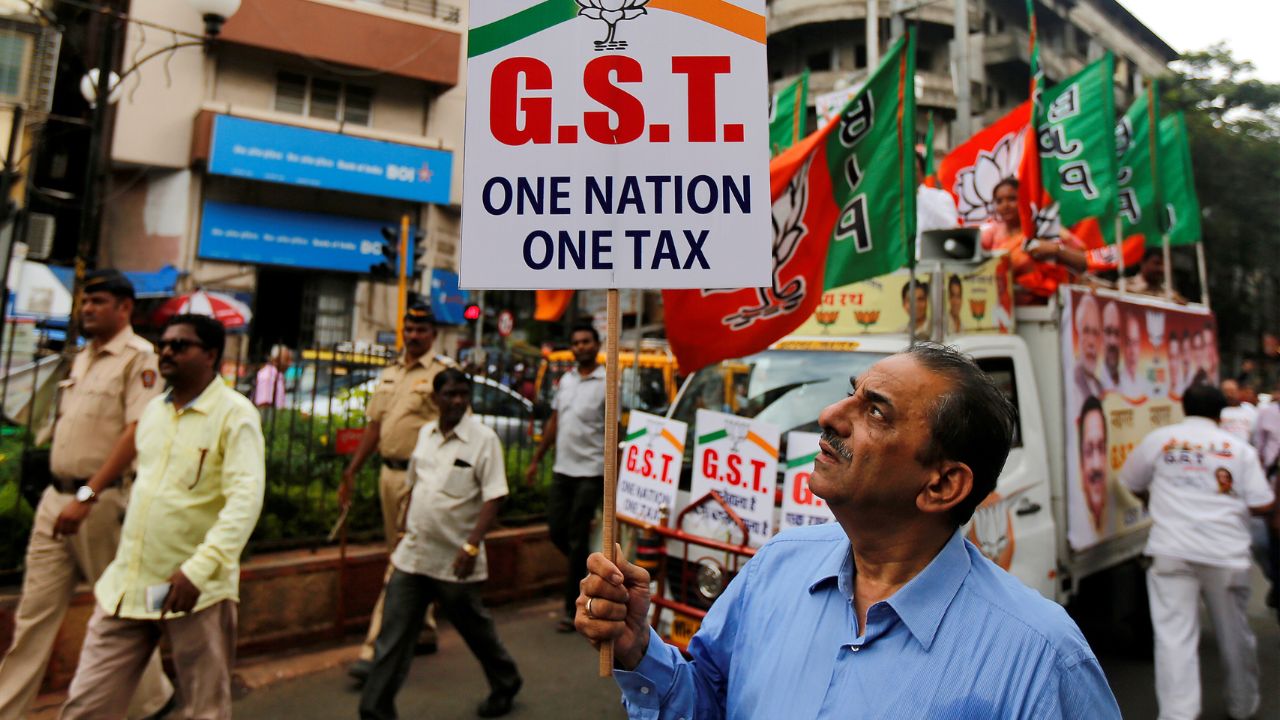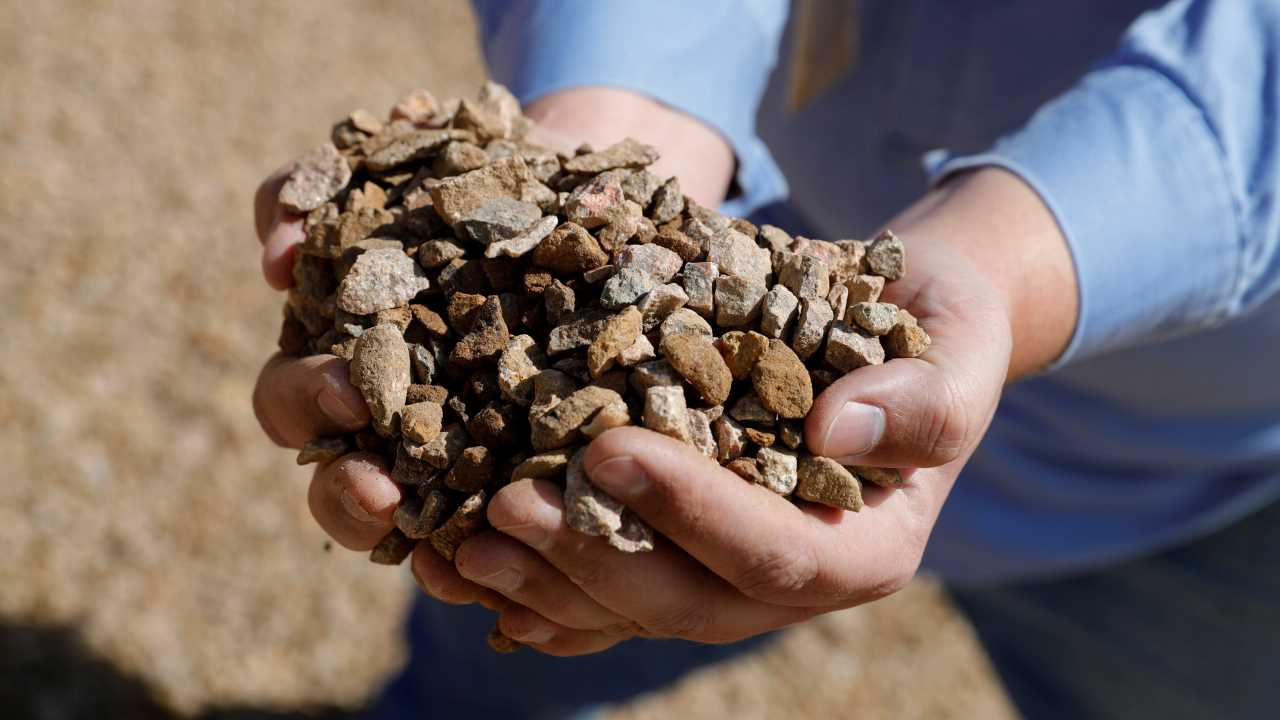
| Company | Value | Change | %Change |
|---|
The industry expects the proposed GST hike to affect growth and has urged the government to discard any rate revisions as the intent of the government should be to streamline the tax structure in a way that makes products affordable for consumers and strengthen the apparel industry’s growth and stability.
Santosh Katariya, President, Clothing Manufacturers Association of India (CMAI), said, “The proposed GST rate revisions pose a significant threat to the apparel industry as a whole, which is already facing challenges like drop in consumer demand, profit erosion and working capital issues. While we acknowledge the government’s commendable step of raising the 5% GST threshold from ₹1,000 to ₹1,500, benefiting the weaker segments, the middle class, which forms a significant portion of the consumer base, remains disproportionately impacted by these hikes.”
“If implemented, it could lead to closures of MSME’s in our sector, further destabilising an industry that plays a vital role in employment and economic growth. A uniform GST rate of 5% was conducive and offered a practical solution to these challenges. It ensured stability across the value chain, minimized disruptions, and avoided any adverse impact on exports. Moreover, the prevailing rate supported the industry without causing drop in GST collections, fostering both economic growth and ease of doing business,” Katariya added. He also urged the government to avoid implementing the new tax structure.
Industry shared that the proposed GST rate hike risks severely disrupting the formal retail sector by driving both consumers and businesses toward informal channels. This shift would adversely affect legitimate retailers and potentially benefit unscrupulous sellers and illegal merchants.
“The textile industry, already under strain, could face potential one lakh job losses. SMEs in spinning, weaving, and garmenting generally operate with thin PAT margins of 1-3%, and such developments could lead to income losses and further squeezing of profitability. The handloom sector, with over 2 million weavers, a vital part of India’s heritage, may further face up to 25% income loss besides struggling to keep their age-old craft alive due to limited market access and traditional business models. Likewise, ripple effect would be seen in the wool industry of India that provides employment to around 1.2 million people in the organized sector and about 2 million people in the associated industries,” Clothing Manufacturers Association of India (CMAI), said.
They also claim that such hike would lead to more price inflation, compounding challenges for price-sensitive consumers, especially women.
“Higher taxes on products related to celebrations and festivals will further slowdown consumption, which is already on the decline, creating a potential setback for the economy. The proposed hike will have serious implications on middle-class families who will be imposed with additional financial burden. It also risks reducing overall industry compliance, undermining formalisation efforts and eroding the tax base. Instead, a focus on encouraging compliance with lower tax rates and improved enforcement would be more effective,” the industry said.
Addressing further concerns on the proposed GST changes, Rahul Mehta, Chief Mentor, Clothing Manufacturers Association of India (CMAI), said, “The Apparel industry is already struggling with weakened consumer demand and is actually in dire need of policy support to boost sales. The Government must consult industry stakeholders to fully understand the implications and avoid further challenges before making decisions. The government’s commitment to ease of doing business should reflect in their actions, supporting with policies that drive growth, reduce obstacles, and help the industry to thrive.”
It is understood that the GST Council nominated — Group of Ministers (GoM) on Rate Rationalization, led by Bihar Deputy Chief Minister Samrat Chaudhary, is likely to recommend that readymade garments priced up to ₹1,500 should attract 5% GST, while those in the ₹1,500 to ₹10,000 range should attract 18% and those above ₹10,000 should fall under the highest slab of 28%.
The GoM recommendations are not the final decision as these recommendations are put forward to the GST council, which has equal representation from centre and all states and UTs of the country, which together deliberate and then decide on the GST rate structure, rate changes and policy decision under the GST framework.
The Clothing Manufacturers Association of India (CMAI) said that the proposed tax hike on garments, especially those priced under ₹10,000, seems disproportionate when compared to the GST rate on genuinely high-value luxury products. “For example, a ₹1.5 lakh high-end mobile phone is taxed at 18%, whereas a ₹10,000 ladies’ suit is proposed to be taxed at 28%. This discrepancy will lead to further instability in the sector” it said.
The Clothing Manufacturers Association of India (CMAI) is an industry association of the Indian apparel industry having over 5000 members and serving more than 25,000 Retailers across India.

